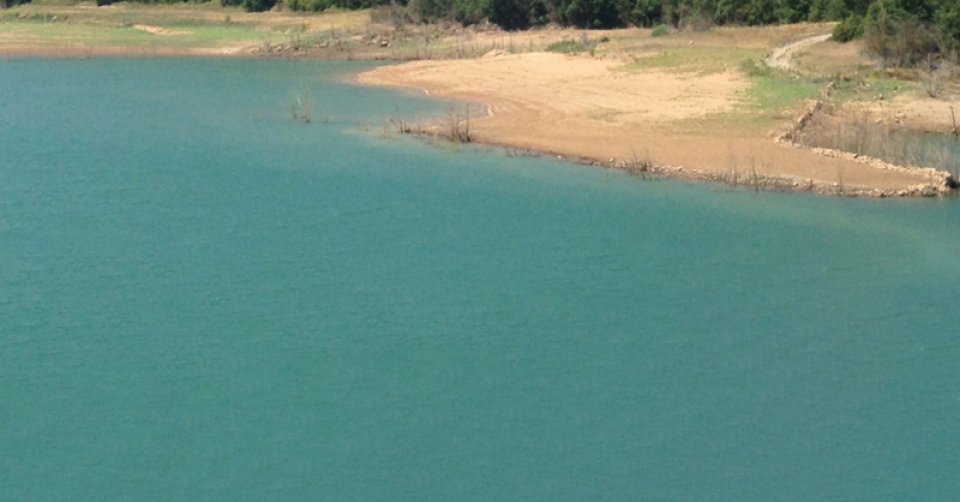
Water is a key driver for the socio-economic development of the Rialb area and climate change is posing a major threat to its availability and quality. Forests are the main land cover in the watershed and play a considerable role in water regulation: recent studies show that unmanaged forests can contribute to a decline in water availability. Forest management is the main tool to guarantee the provision of forest ecosystem services (FES), including those related to water (quantity, quality and landscape).
The region’s forests are primarily owned by private owners (about 80%). Only 36% of private forest land is under a forest management plan.
This case study from the SINCERE project had the goal to:
- Include forests and forestry in a joint strategic planning tool with participatory design of a local forest fund.
- The innovative mechanism (IM) consists of a payment for ecosystem services (PES) scheme focused on forests and water, strengthening governance for joint forest-water planning and on finding new resources to support forest owners to provide water-related services.
This case study consists of the inclusion of forests and forestry in a joint planning instrument for the Rialb water reservoir and the creation of a Forest and Water Fund that relies on a payment for ecosystem services (PES) mechanism.
The Forest and Water Fund was implemented with an underlying payment for ecosystem services scheme. A forest owner association was created to ease the participation of small forest owners by reducing individual transaction costs and is also responsible for creating the forestry management plan for adaptation and mitigation, to increase resistance and resilience. Impacts on water provision, biodiversity and carbon have been calculated using the CLIMARK framework. Forest management is ‘certified’ by the regional public forest agency (Centre de la Propietat Forestal). Targeted buyers of the forest ecosystem services (FES) are water utility providers (hydroelectric companies, water provision utilities), and also companies interested in corporate social responsibility. A conditional incentive structure is in place which appears to support the innovative mechanism (IM) sustainability.
The involvement of the stakeholders in a strong participatory process stretching over four years has secured as an output a good level of shared understanding and objectives and a co-responsibility.
A total of four meetings involved a high number of participants representing stakeholders from regional and public entities, forest owners, farmers unions and rural associations, locals, nature NGOs, research, and water governance.
The case study has scheduled forest treatments to be implemented over three years on 20 hectares of forestland. These treatments will impact water provision as well as carbon balances and biodiversity to the benefit of the local communities and beyond.
Establishing the Forest and Water fund and the underlying payment for ecosystem services (PES) mechanism will potentially be able to generate income for small forest owners who in turn provide better conditions for further forest ecosystem services (FES) provision.
National geographical upscaling: The demand for better water quality and higher water quantity yields is well known and the lack of forest management is not a problem unique to the case area. Potential upscaling seems possible to similar cases in Spain or even to a federal or national level. The use of the CLIMARK framework establishes the relationship between treatments and forest ecosystem services (FES) provisioning and, in combination with the certification of treatments, it appears to create incentive structures that can secure financing of forest owners and the sustainability of the payment for ecosystem services (PES) scheme. The lessons learned in relation to the carefully designed instruments and implementation of the stakeholder involvements might be a key element for successful upscaling of similar PES schemes to other case areas and wider federal or national level.
Upscaling to other schemes: PES schemes are well-documented in literature to have upscaling potential. The instrument can be applied in other schemes where similar clearly defined relations between ‘upstream suppliers of ‘actions’ and ‘downstream’ beneficiaries can be found.
Upscaling in scope: The innovative mechanism (IM) has as such already expanded the scope beyond only focusing on water provision to also potentially be used for carbon credits and biodiversity conservation. This kind of PES scheme has therefore already demonstrated its upscaling potential.
Upscaling to other countries: As is well documented, PES schemes have been successfully implemented in various situations, especially in developing countries, where they present an effective way to obtain sustainable financing for ecosystem services provision.
